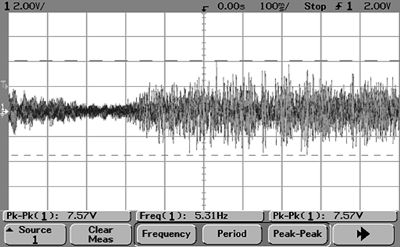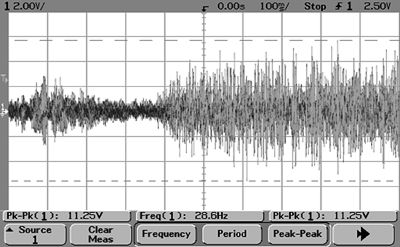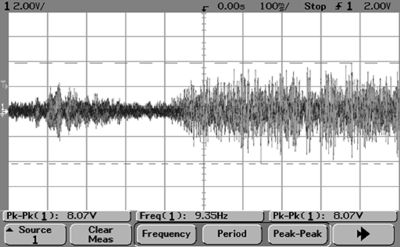| Columns Retired Columns & Blogs |
We already have tube OTL amps for many years. (OTL = out transformer less)
These tube amps have all the attributes of tube amps without the flaws of transformers (I prefer them).
Yet a 25W OTL tube amp certainly is louder than a 50W solid-state amp.
It is not the transformer!








































